This is our explanation of how to become a millionaire in 10 years (or less!), but it’s only one of the many paths you could take. We did it by age 33. We started from over a hundred grand of debt and reached $1.2M in just under ten years. Jenni and I are very fortunate to have had a lot of privilege in our younger years: two-parent households, a middle-class American upbringing.
Our scholastic achievements were limited but good enough to get into middle-of-the-road state schools for undergrad. We were fortunate to have parents that mostly covered our undergraduate education expenses.
Credit card debt wasn’t a significant problem for us. We followed the advice to live within your means.
But, we stood on the shoulders of our parents, family, and friends that helped us get to where we are.
- How To Become a Millionaire in 10 years
- Annual salary and net worth table, 2006-2018
- 2006: College Years End
- 2007: Career and Pharmacy School
- 2008: Peace Corps and The Great Recession
- 2009: International trips and increasing debt
- 2010: Pharmacy School Ends
- 2011: Working in Higher Ed and a Pharmacy Career
- 2012: Reuniting
- 2013: Our Modern Life Began
- 2014: Tax Advantages
- 2015: Reaching FU Money
- 2016: Comfort
- 2017: Nearly a Million
- 2018: How to Become a Millionaire in 10 Years
- Reaching Financial Independence
How To Become a Millionaire in 10 years
We hope that this post answers questions about how we reached financial independence by 33 and what our career paths were in order to do so. This thirteen-year chronology is meant to offer insight, explanation, and context for the stories and recommendations we make throughout TicTocLife.
Strap in, we’re going to go on some fun side adventures, it’s a long read.
Here’s our story of going from—a negative net worth in the six figures between the two of us—to learning how to become a millionaire in 10 years ourselves.
Annual salary and net worth table, 2006-2018
Our earnings, contributions, liabilities, and net worth are broken down in the table below. This covers a 13 year period. You can tap or click each of the years in the table to view the details for that specific year or just continue on chronologically.
| Year | Salary, Chris ($) | Business, Chris ($) | Salary, Jenni ($) | Contributions ($) | Liabilities ($) | Net Worth ($) |
|---|---|---|---|---|---|---|
| 2006 | 351 | 0 | 6,769 | 0 | 9,708 | (3,708) |
| 2007 | 61,439 | 0 | 10,972 | 4,000 | 49,012 | (7,567) |
| 2008 | 26,678 | 0 | 9,459 | 30,015 | 77,978 | (57,490) |
| 2009 | 12,533 | 0 | 6,224 | (3,300) | 132,778 | (106,565) |
| 2010 | 86,369 | 0 | 18,808 | 22,451 | 142,072 | (90,842) |
| 2011 | 98,526 | 0 | 73,184 | 43,318 | 148,153 | (38,512) |
| 2012 | 57,561 | 0 | 110,097 | 9,693 | 124,942 | 19,958 |
| 2013 | 86,622 | 0 | 113,600 | 257,263 | 278,117 | 159,085 |
| 2014 | 56,891 | 77,655 | 117,100 | 121,080 | 234,098 | 341,335 |
| 2015 | 60,259 | 4,407 | 118,450 | 39,547 | 180,506 | 474,956 |
| 2016 | 60,259 | 98,751 | 118,450 | 106,512 | 169,995 | 776,019 |
| 2017 | 37,545 | 89,799 | 127,210 | 157,264 | 166,045 | 981,115 |
| 2018 | 37,500 | 97,612 | 128,400 | 171,500 | 161,949 | 1,203,438 |
| Average | 52,503 | 28,325 | 73,748 | 73,796 |
Over this thirteen-year period, we earned a combined total of $2,009,480.
On average, that’s $154,575 per year as a couple or $77,287 per year per person.
This is a story about how to become a millionaire in 10 years (or less!), though we’re providing data for a 13 year range in order to offer a little background about our educations.
We were both working full-time beginning in 2011.
Personal salary data source
Our salary data is derived from social security taxed earnings provided by the SSA in order to have consistent data. This number is an accurate representation of our earnings generally but might differ from true salary because of untaxed benefits (generally small) like an FSA from the company.
In addition, you’ll note that in the last handful of years Jenni’s salary data matches the social security contribution base. Taxes on social security cease after a certain income amount, for example, in 2015-2016 that amount was $118,450. SSA reported this same amount for Jenni’s taxed earnings in those years. She actually made slightly more than this max taxable base wage in those years. Therefore, SSA didn’t report earnings above that amount.
We may update this data in the future to give a more exact reporting, but Jenni’s income was only slightly over these maximum taxable base amounts in years where she hit the threshold. It did not dramatically affect our total earnings.
Our individual income totals
Jenni earned a total of $958,723 from W2 income. That’s an average of $73,748 per year.
I earned a total of $682,533 from W2 income. I also earned $368,224 in business income. That’s a total of $1,050,757. That’s an average of $80,827 per year.
Contributions, liabilities, net worth
Contributions include brokerage investments, 401k (and match), and appreciating assets like real estate or collectibles. Our contribution total was $959,343.
Liabilities include debt such as student loans and mortgage. We’ve never carried other forms of debt like revolving credit lines with a balance.
Net worth is for the end of the year. It includes assets like savings and checking accounts that do not appear in “contributions”.
Let’s get back to the chronology.
2006: College Years End
Jenni and I graduated from college with four-year degrees in 2006. I thought it’d make sense to begin our financial journey from here since we both chose our true career paths at this point.
Undergraduate degrees complete

As a point of reference, my degree is in Communication (think of interpersonal communication). Jenni has a degree in chemistry, supporting her eventual foray into Pharmacy.
As much as I enjoyed my college experience, I haven’t used my Communication degree directly in a professional setting. I’ve never been a counselor, journalist, or business communication writer. Still, I feel it was a worthwhile endeavor as I learned to learn and built lasting relationships, both with friends and professors.
The cost of college
I’m very fortunate in that my parents provided for my tuition as well as room & board. For my four-year program, that was about $41,560. It was roughly split between the in-state tuition and room & board expense.
During my undergrad, I worked full-time during summer and part-time during a portion of each semester. I worked at a Goodyear auto shop, for the college’s fundraising program (cold calls are the worst), and started a little tech repair business. In total, I earned just over $22K during the four years at near minimum wage.
Those funds paid for my living expenses beyond the housing my parents subsidized. They were also the beginning of my savings as I graduated with no debt and a few thousand dollars saved.
I wrote to you about my country living experience which began at college previously.
Jenni went to a different in-state college and took on student loans throughout her four-year program. We’re both lucky to have parents that contributed to our higher educations, though Jenni did ultimately decide to take on student loans in order to focus on her studies rather than also work to fully cover her costs.
She reduced some of that expense by working part-time as a pharmacy technician. Jenni’s chemistry degree and undergrad experience were about $44,096 with a majority cover by her parents and the remainder through student loans and her work during the time.
Diverging paths: business and graduate program
After completing my undergraduate degree, I moved in with a friend who was beginning his Juris Doctor after completing his own undergrad program. It was fall 2006 and my desire was to ramp up the small tech repair business I’d begun during the last few years of undergrad.
The little repair business pivoted to more of a specialized workstation builder. I built powerful computer workstations for demanding university labs, CAD designers, and gamers (and hey there are some video games that are good for you!). I also continued to buy bulk office equipment (from upgrades) that I’d test, repair, and reuse. I’d turn them into more mainstream consumer-ready computers and then use apps & websites to sell them locally.
That created a more reliable, continuous—if less profitable—stream of income.
The combination let me sustain my living situation through 2006 but didn’t allow me to build meaningful wealth.
Jenni began preparing for her doctor of pharmacy program which kicked off in late 2006. She also found a new part-time pharmacy technician job to work alongside her doctorate pursuit.
Starting with a negative net worth
By the end of 2006, we had a combined negative net worth to the tune of about $4K. While we each had a few thousand dollars in checking, Jenni’s student loan debt and a little credit card debt from undergrad sank any hope of positive net worth.
This sum would only grow as she pursued a doctorate in pharmacy.
2007: Career and Pharmacy School
By the next year, I’d reconsidered my workstation business. Part of the development of that business in 2006 involved creating an e-commerce website to sell the various system configurations. I built the website by leveraging open-source e-commerce software and a custom design I created. I’d dabbled in basic website builders (Geocities!) over the years, but hadn’t really ever written any code.
Creating a consumer-friendly website that allowed the user to configure a workstation with myriad options and then place an order was a pretty significant task for me. At the time, it was a key to developing the business, though, so I’d knuckled down to do so.
I learned how to write website code: HTML, CSS, MySQL, and PHP. I learned about where all the code went (the server), that allowed people to access the site. By the time the site was live and customers were placing orders, I’d gained a whole new skill set that would become the starting block for a real career.
Starting a career in web design
I used the business’ website as a portfolio to apply for a web design position in a city where Jenni lived. Despite not having a relevant degree, the small print company gave me the job. My starting salary: $42K.
It seemed like an obscene amount of money to me at the time. I’d been living on less than $1,000/month for many years. What would I do with three or four times what I’d been spending?
On top of that, I was still maintaining the workstation business as part-time self-employment. I’d begun to learn what elements were more repeatable and more profitable per hour of work so even a handful of hours per week would juice my total earnings for the year.
Eventually, I moved in with Jenni who was a full-time student working on her PharmD by then.
We’ve known each other since middle school.
It was a good twist of fate that I found a job where she so happened to be going to graduate school.
Learning the basics of investing
Once I’d settled into my new web design job, money began stacking up in my checking account. My lifestyle since college really hadn’t changed, I still drove the same car I bought when I was 17. Our rent was fairly inexpensive, split among three people.
I started to learn more about investing through mainstream publications like Money, Fortune, or The Motley Fool. I started a more serious reading of GetRichSlowly.org to learn about how to save money and increase my income. I’d read The 4-Hour Work Week which helped me put the side business on autopilot.
Unfortunately, much of the investing advice I read steered me in the direction of handpicking stocks. 2007 still saw rises in the stock market, so I generally made a little money doing so.
I wasn’t putting money into my 401k because it offered so little in the way of investment choices (and no company match). I certainly didn’t expect what would happen in 2008.
First international trip together
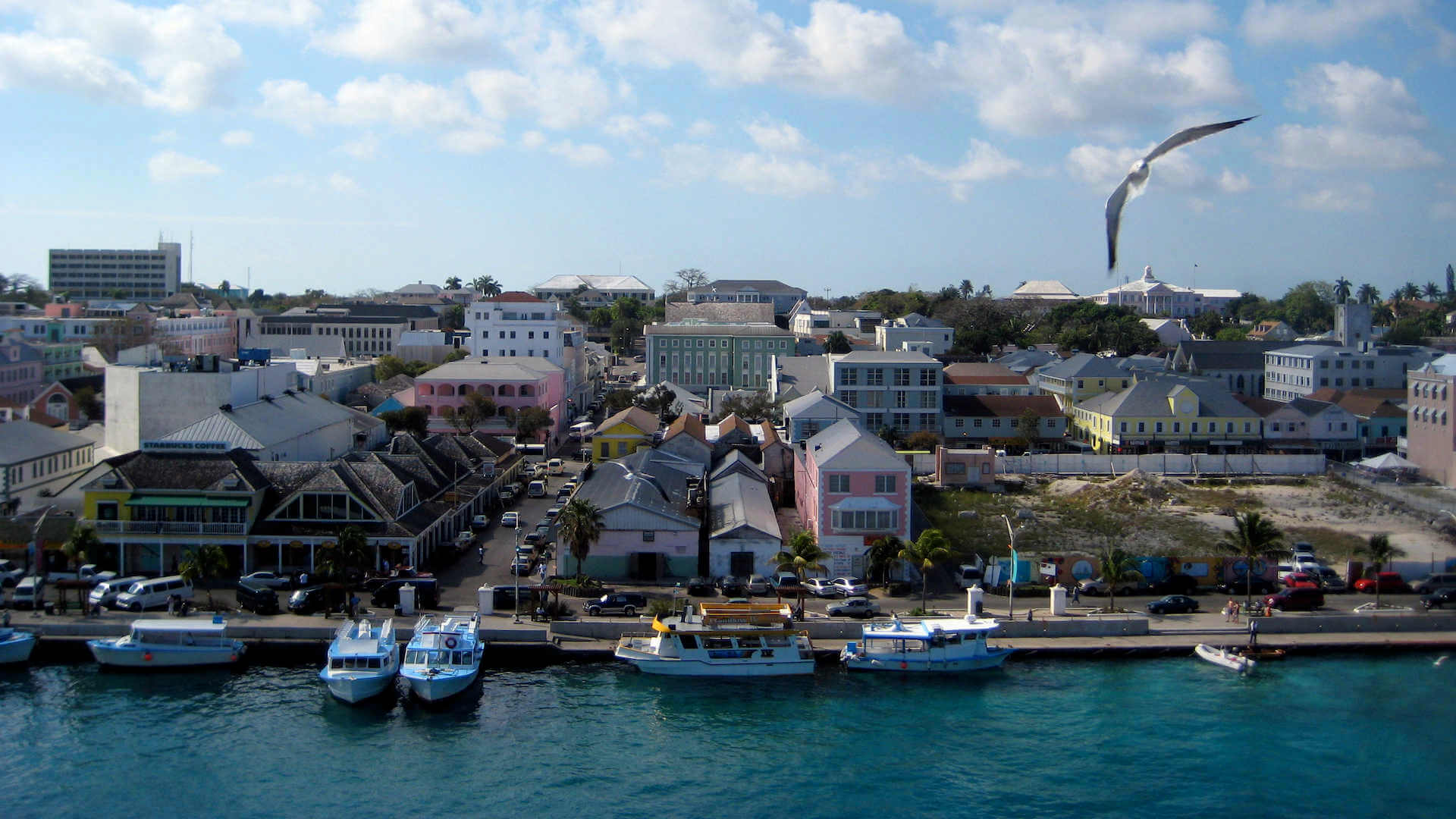
This was the first year we had an international trip together, though it was just a cruise through the Caribbean with a friend. Still, this was the start of a lifetime of travel together. Jenni continued her part-time work as a pharmacy tech throughout 2007 while pursuing her doctorate.
—An aside from Chris in 2020: I think it’s important to highlight the why with financial independence. While we have a lot of plans, one big reason we have pursued FI is to be able to travel together. You’ll notice it as a theme throughout this post.
What reasons do you pursue FI?—
A growing debt balance
With Jenni’s first full year of pharmacy school complete, our combined liabilities grew significantly. Our combined savings and investments were barely enough to outpace the student loan burden. While our net worth still ended in negative territory, we were heading towards zero.
2008: Peace Corps and The Great Recession
I began to pursue the idea of joining the Peace Corps. I’d already grown restless sitting behind a desk after just over a year in the web design industry. The application process was extensive. Jenni and I traveled internationally whenever her degree pursuit had a break.
Joining the Peace Corps
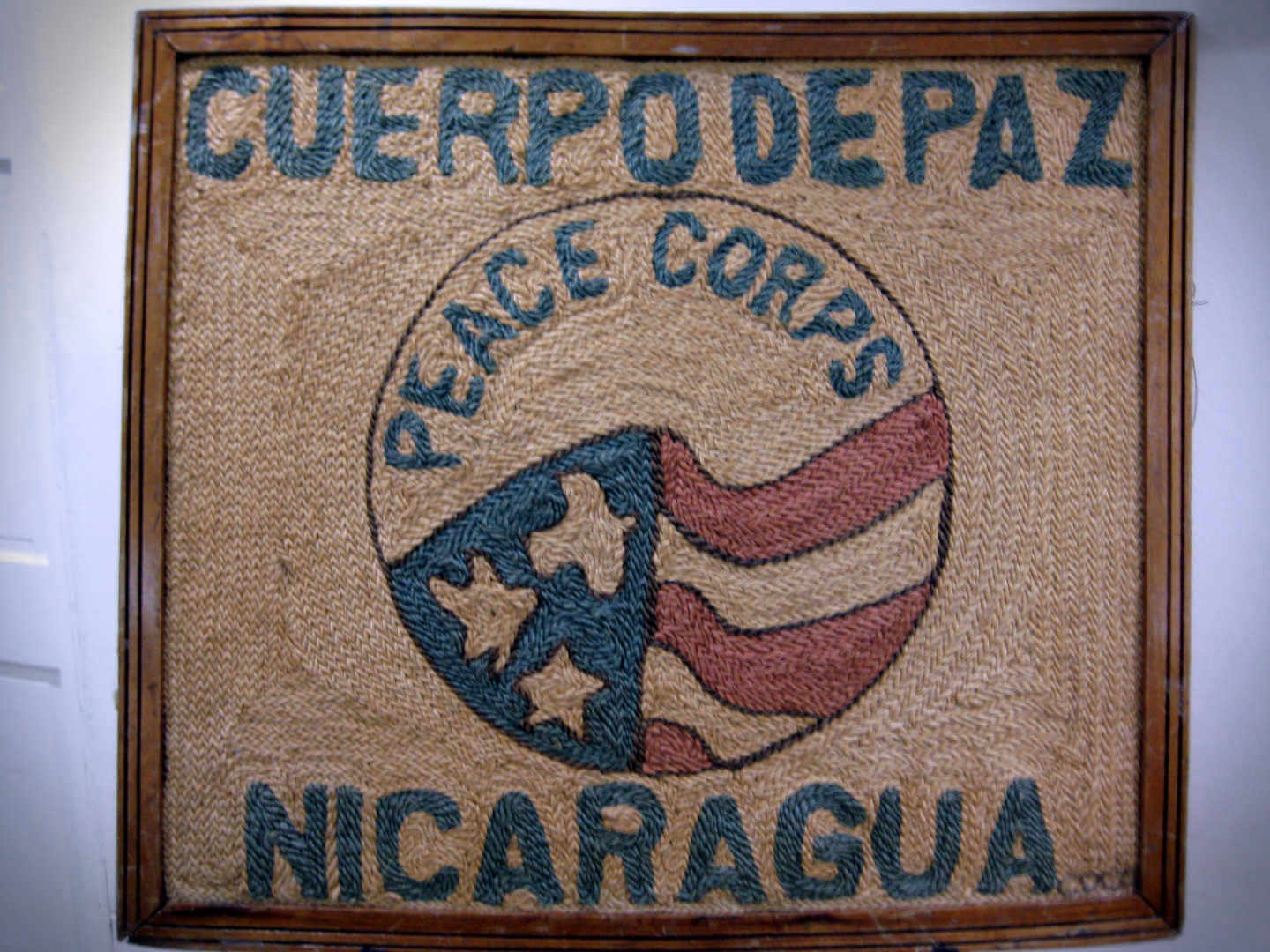
I was accepted into the Peace Corps and went off to Nicaragua to help teach business development in a small village that made pottery.
Jenni continued her doctorate pursuit and part-time technician work.
As you might imagine, my earnings plummeted. So did the world economy and my individual stock investments.
A plummeting net worth
By the end of 2008, our net worth was more than $57K in negative territory. While I still had a bit over $20K in investments and savings despite the onset of the Great Recession, I hadn’t earned much. Peace Corps paid a small stipend but just enough to cover living expenses.
I only worked part of the year.
Jenni’s student loan debt increased again as another year of pharmacy school was under her belt.
2009: International trips and increasing debt
With family health concerns, I was back in the US, cutting my Peace Corps stint short. Jenni had time off school and work for the winter holidays.
Throughout the year, Jenni continued her doctorate program and part-time work as a pharmacy technician.
I attempted to rebuild my computer workstation business. It produced enough income to sustain my life, but nothing more.
Foreign travel together
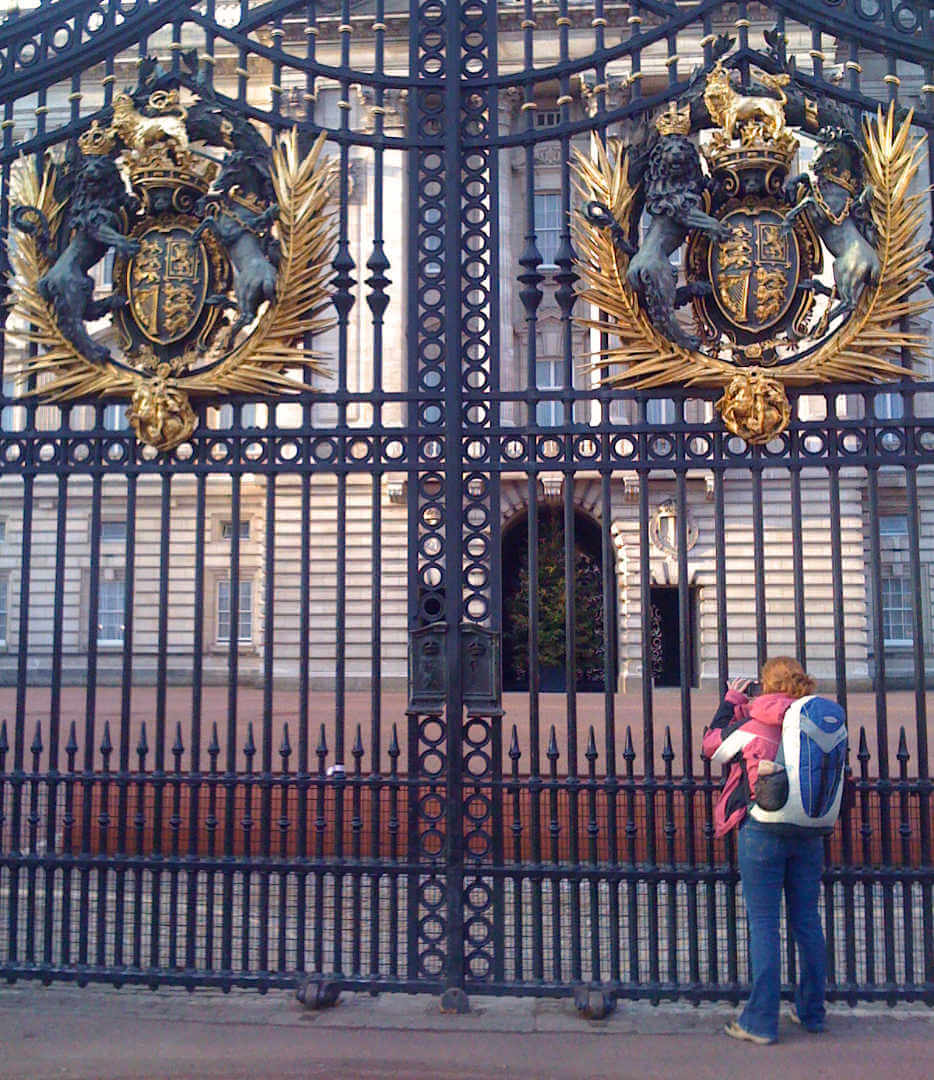
Buy it for life!
We set off on our first, serious, international adventure together. We bought Eurail Passes and spent a few weeks traveling around Europe. Our around Europe tour was packed in:
- England: London, Bath, Oxford
- Belgium: Brussels, Bruges
- Netherlands: Amsterdam
- Germany: Heidelberg, Cologne
- France: Paris
- Italy: Rome, Florence, Vatican
- Switzerland: Interlaken, Berne
I’d developed a real pleasure for experiencing new cultures around the world. Admittedly, Western Europe isn’t a big divergence from the US, but it was a great way to get Jenni similarly interested.
Six-figure debt
The Great Recession had really taken hold and this was the year I pulled money out of the stock market. That decision would continue to damage our net worth prospects for years to come. I was not the disciplined investor I desired to be.
By year’s end, we had about $25K invested or saved between the two of us. With hindsight, international travel with six-figure student loan debt may not have been the smartest financial choice. We did it on a shoestring, but it still carried a toll on our finances.
It’s tough to balance the needs of being a content, well-adjusted person with financial obligations sometimes. Nonetheless, the goal of having enough money is live a fulfilling life, and sometimes you have to take a break from saving to live it.
Student loan debt crippled our net worth to the tune of negative $106,565 by the end of 2009.
2010: Pharmacy School Ends
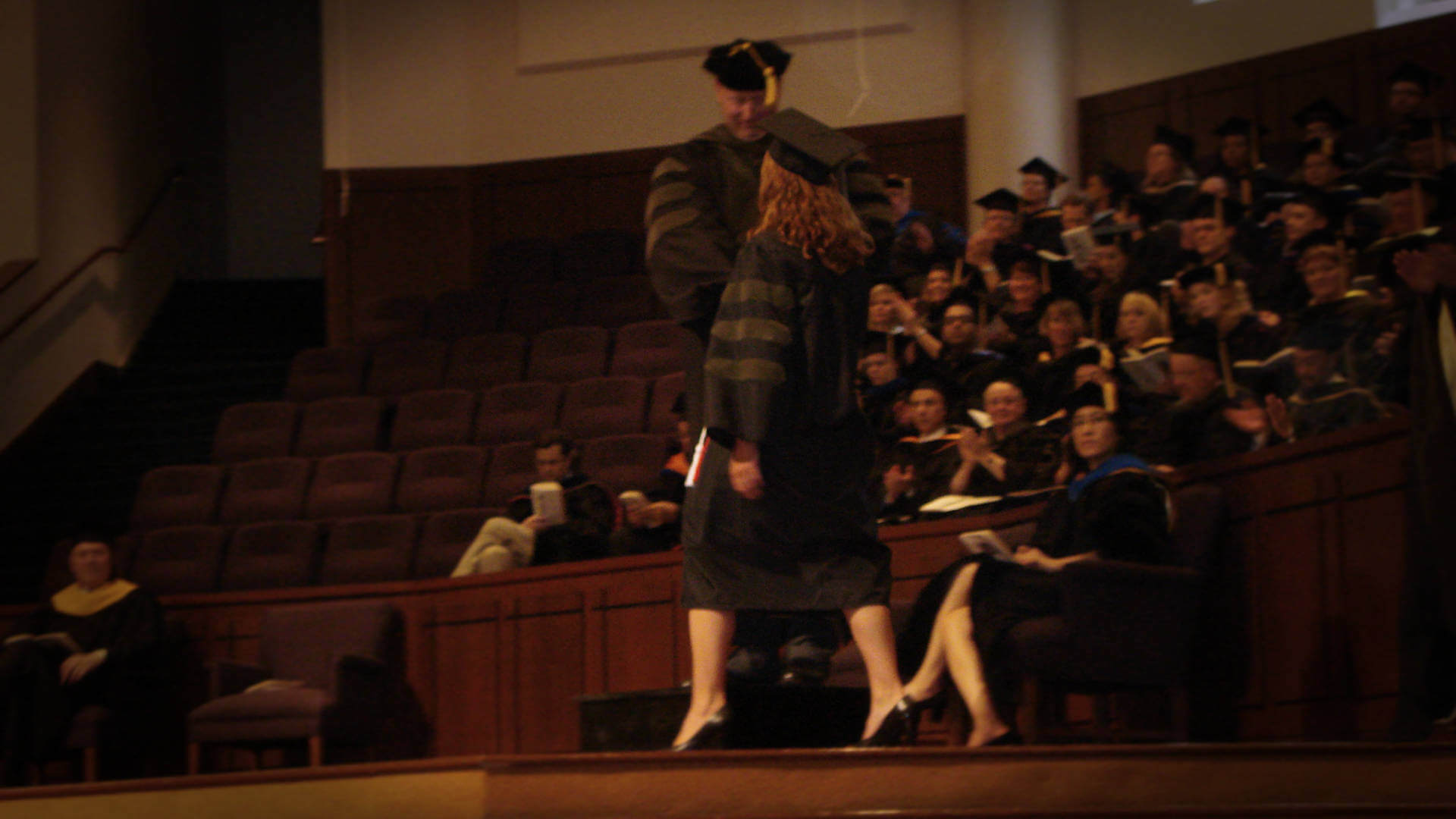
The first year of the decade had a lot of change in store for us. It was Jenni’s last semester of pharmacy school. During the winter, I was reevaluating my career prospects.
The high cost of living in the city
I ended up taking a job in the DC area working for a large consultancy. I worked on internal web projects and tools.
My life changed to suits and a daily commute on the metro.
I found a roommate to split a large corner apartment atop the metro with an incredible view and rooftop pool. My lifestyle was quickly inflating. I was fortunate that my salary plus a trickle of side business income still outpaced my lifestyle creep.
To give you an idea of just how absurd my situation was, at one point I owned two cars.
But, remember, my daily commute was on the metro. I didn’t need one, much less two, vehicles. I kept one in the apartment garage, paying an exorbitant monthly parking fee. The other kept far away, parked at my parent’s house. It was still the same first car I purchased at 17, I was emotionally attached to it.
And it cost me.
Escape to Europe
We spent the summer traveling through Norway and Sweden. As expensive as it seemed like the DC area was to me, Oslo really put it to shame.
Nonetheless, we both thoroughly enjoyed a reprieve from work and time together again.
I was offered a new job in the same region with higher pay and better benefits.
I decided to take the job. Before starting, I spent a few weeks traveling Ireland with a buddy of mine.
Our net worth finally trending up
With Jenni’s graduation, rotations, and residency she began to earn a bit more money. Her student loan debt was still on the rise (with interest rates between six and seven percent). But she could comfortably cover her living expenses and begin to work on her student loan debt.
I was rebuilding my investments by the end of the year. We still had a negative net worth, but we were back to heading in the right direction.
Our combined net worth was negative $90,842 by year’s end.
2011: Working in Higher Ed and a Pharmacy Career
I’d job switched to higher education, working on the strategy for the university’s web presence. It was the first time that an employer’s 401k program (a 403b in higher ed) enticed me enough to invest due to a matching offer.
I was getting more serious about cutting my living expenses and investing more money. By year’s end, I had nearly $10K invested in the 403b. I kept an emergency fund available of about $12K, enough to cover 3-4 months of living expenses.
Working as a pharmacist
Jenni’s pharmacy residency ended and she was offered a position with the same local pharmacy she works for today. Her first priority with her tremendous salary increase was to build an emergency fund and automate her finances. She saved up about $14K by year’s end in a savings account.
Aside from that, she plowed most of her earnings into paying down her student loan debt. She did so while maintaining a similar lifestyle as she’d had for years during pharmacy school.
Escapes to very different islands
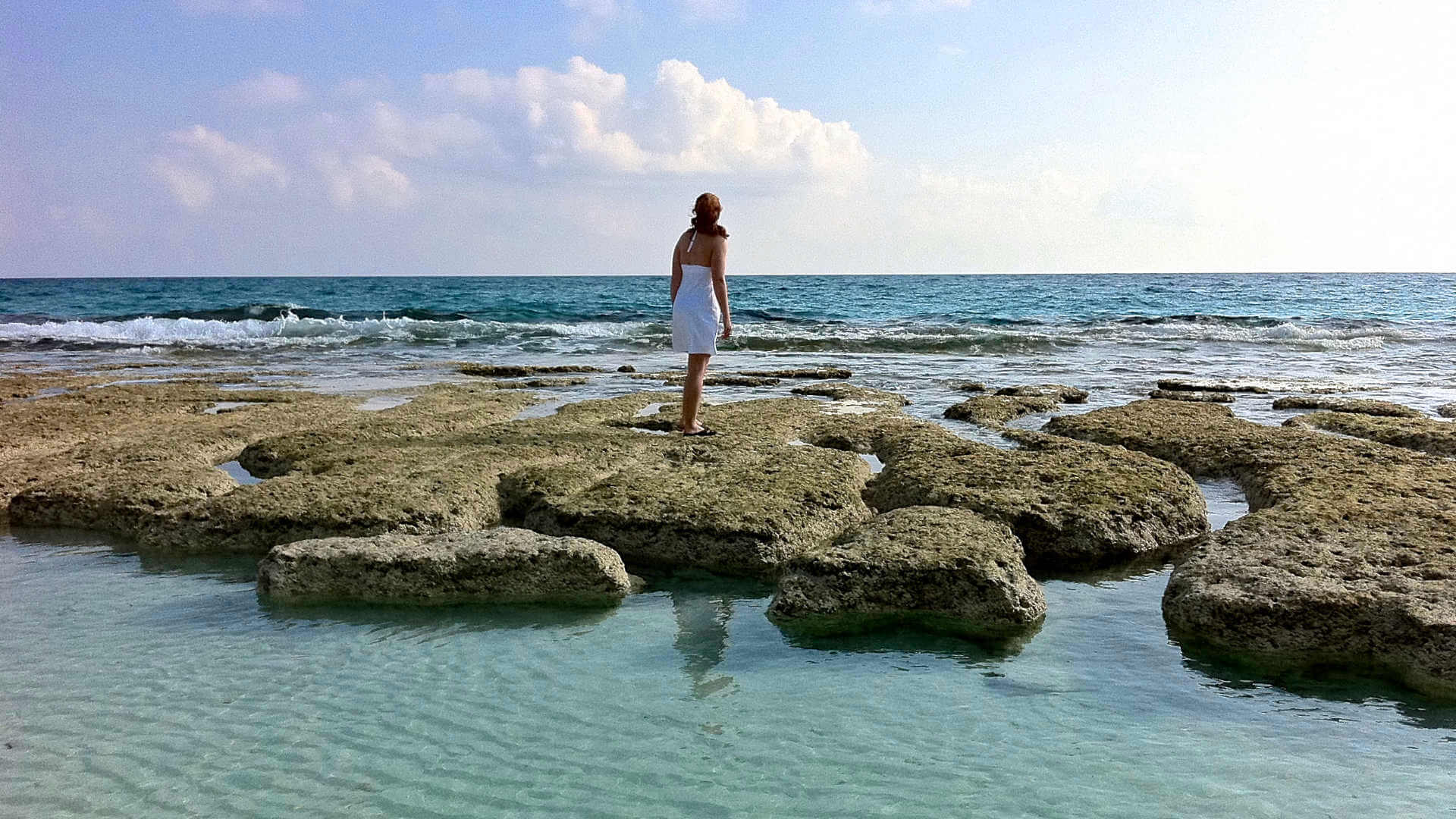
Before her new position began, we spent late spring in the Bahamas at one of our most memorable spots: Stocking Island. The tiny, mostly uninhabited island off the coast of Great Exuma let us hide away from the world and enjoy each other for a few weeks.
We stayed at a family-run resort that only had a few guests. Most days we’d wake up, explore the island, and not see another soul until dinner.
During late summer, we also found enough time off between higher ed’s lenient vacation offerings and Jenni’s new position to take a trip to Ireland together. We rented a car to travel the island, adventuring between B&Bs.
Our plans were cut a little short when I fractured my elbow after hitting a rut and taking a trip across my handlebars mountain biking, sadly!
As an interesting aside, I received all of my care through Ireland’s medical system without any insurance coverage in Ireland. They cleaned my wounds, did x-rays, cast my elbow, and provided appropriate prescription drugs.
The final cost was about $300 to me.
I wonder what that would have cost me in the US, even with insurance?
Our first high earnings year
By late 2011, I finally sold the car I didn’t want to let go of. I’m still a little sad, thinking back, watching it be driven off without me in it. It’s silly to be attached to such a thing, but, c’est la vie.
I was paid 16% more than I purchased it for in 2001.
Our combined high earnings ($171,710!) let us put a lot of money into investments and savings. Jenni began to pay down her student loan debt in more serious fashion after building that emergency fund.
We finished the year with a net worth of negative $38,512.
2012: Reuniting
We started the year off with another winter trip to Europe. We were under the Eiffel Tower just in time for New Year’s. After exploring a bit more of Paris this time around, we headed for the southern coast of France.
We spent a bit over a week enjoying the temperate weather of Nice, Eze, and Monaco.

By late summer, I was ready for another break. I spent a few weeks with family traveling Germany and Italy. Getting away and unplugging has always been a great way for me to recharge and think of life from a fresh perspective.
Moving back into the same city
After talking things over with Jenni and reevaluating my career path (described in detail in my generalists vs specialists piece), we decided to move back in together. Jenni would stay where she was with her current job.
I turned in my notice. For a moment, I considered a last-minute offer to stay in the area for a whopping $175K salary after some negotiation. Instead, I turned it down and left the big city.
My intention was to attempt to run my own web consultancy, doing similar work to what I’d been doing in DC. My time in the city let me build up corporate, higher ed, and government contacts.
I figured I could make it work, remotely, from a lower cost of living area.
I’d saved plenty of money at this point and wanted a break before going deep on a full-time consultancy. I spent a few weeks of fall in New Zealand and Dubai with a buddy of mine.
Building a web consultancy
I came back, refreshed and ready. I didn’t feel pressure to take work just to make money. By moving to a lower cost of living city where Jenni was, I drastically cut my expenses.
I also had about $100K worth of investments and savings to fall back on.
I had my first clients before the year’s end. The earnings were enough to cover my portion of the rent, bills, and food.
Our first positive net worth
Jenni continued, slow and steady, paying down her student loan debt. She started to contribute larger sums to her company’s 401k with a matching contribution. That match is free money, an easy boost in how to become a millionaire.
By the end of the year, our total earnings were a little less than the year prior since I’d taken time off work and began a new business.
2012 was the first year our combined net worth exceeded zero: $19,958!
2013: Our Modern Life Began
This is the first year I think of in our “modern life”, together. It’s the year we moved out of a rental and into our own place together. It’s the first full year I worked in the consultancy I started, full-time, that paved the way for true financial independence for me.
While a lot has changed in the details of our lives since 2013, much of the big structural stuff is the same.
Jenni still works at the same pharmacy (although part-time now). We happily live the same city life. And I’m still happily working on web projects, although much less often. I focus on projects that offer compelling, meaningful goals or mentoring opportunities.
Buying a house with debt
We moved into our place in late spring. We put down 20% on the $230K price with a 30-year fixed-rate mortgage at 3.625%. It took us a few weeks to look at different properties in a very specific area.
Certain amenities like grocery stores in an area with a high walkability score were a priority for us.
We looked at several properties from a 2-bedroom 900 square foot apartment for around $155K to small single-family homes on the outskirts of the city.
We settled on our number one choice: a historic, English tudor townhouse style unit within a cooperative of 17 units.
Routine foreign travel
And then we promptly decided to go for a vacation to Nevis (Alexander Hamilton…), a tiny volcanic Caribbean island.
We relaxed on the beach, we hiked Nevis’ volcano.
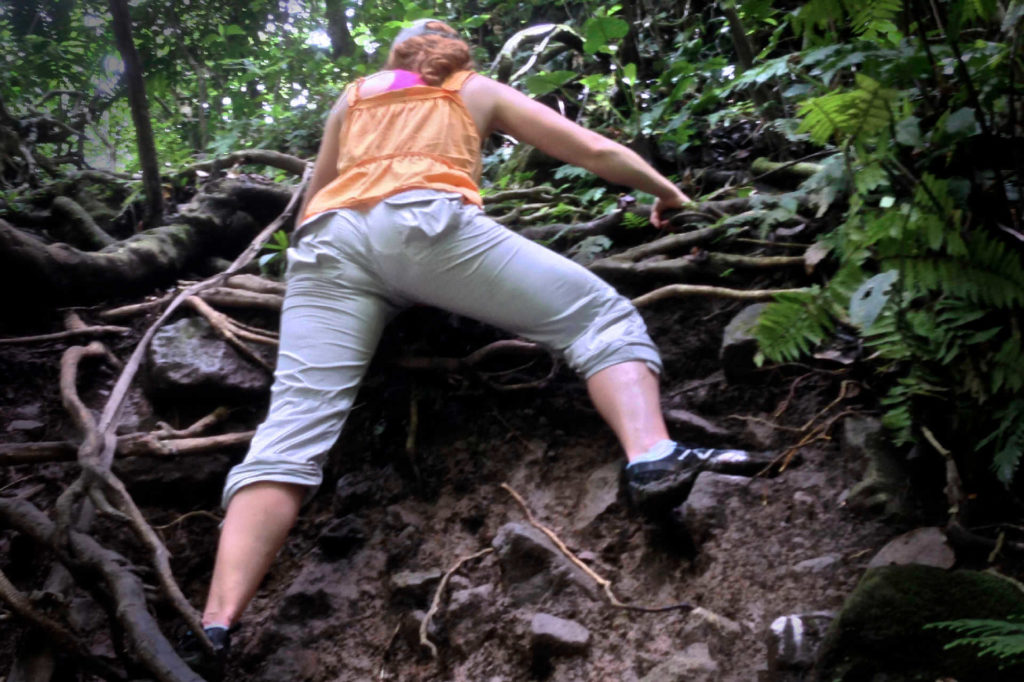
The rest of the year was pretty smooth sailing. I spent it continuing to build up a clientele and enlisting freelancers to keep up with the demand.
Jenni was smooth sailing at her pharmacy, paying down student loan debt, and adding to her investments.
Budding business
As my business income grew, I became more interested in different tax advantages. For example, the business income Schedule C I filed in 2013 showed a business income of about $94K.
However, my adjusted gross income (AGI) for the year only $48K. That’s mostly because of a $3,250 contribution to a health savings account (HSA—Jenni has more details in her top HSA questions and answers post), a $1,585 deduction for paying my own health insurance, and a whopping $34,930 deduction for 401k contributions. Even though the contribution limit was only $17,500 for 2013, I could contribute another 25% of my modified AGI as the employer, too! I created my own 401k match.
$17,430 was from the business contributing to my investments. Neat!
I also had the opportunity to take a deduction for using part of our house as an office, some office supplies & equipment, some utility costs, and other small business operational expenses. That helped further decrease my taxes and overall income.
Person-to-person loans
This was also my first year giving LendingClub a shot, with an initial $10K invested into person-to-person loans. Learning about the different small consumer-level loans and the ratings of them associated with the interest rates was eye-opening to me.
There were countless consolidation loans for people with huge APR credit line debt that would still wind up with ~20% APR P2P loans.
I decided I’d give it a shot with a basket of multi-year loan maturities, mostly skewed towards safer loan ratings.
High income, six-figure net worth
2013 had a massive stock market rally, up nearly 30% for the year. Jenni’s student loan debt was shrinking considerably, helping take the edge off the near 7% interest rate the loan was earning.
Combined with our high income (just cresting $200K!), we were able to grow our net worth into six figures for the first time: $159,085. Despite all our new wealth and income, we strived to maintain a frugal lifestyle but avoided being cheap.
2014: Tax Advantages
We spent much of the year as we did in 2013: Jenni worked in the pharmacy and focussed on student loan payments. I slowly grew my consulting business. We did much of our travel in the first half the year taking trips around the US, which was a little less expensive. We tend to leverage credit card rewards and miles to drastically reduce trip costs, but even then, they can be expensive.
The big three-o
We celebrated turning 30 years old with friends and family at a lake house.
I put together a casual business gathering so we could celebrate the successes we were having and do some future planning.
By August, we were ready for a bigger break. We planned a couple of weeks in England. Our goal was to spend a longer period of time in one place. London was our initial stop. We took the train out to Bristol.
After touring the city, we rented a car to explore the southwestern tip of England. We stayed in little B&Bs, visited a tin mine, took in a play at the ocean’s edge, and generally had a ball.
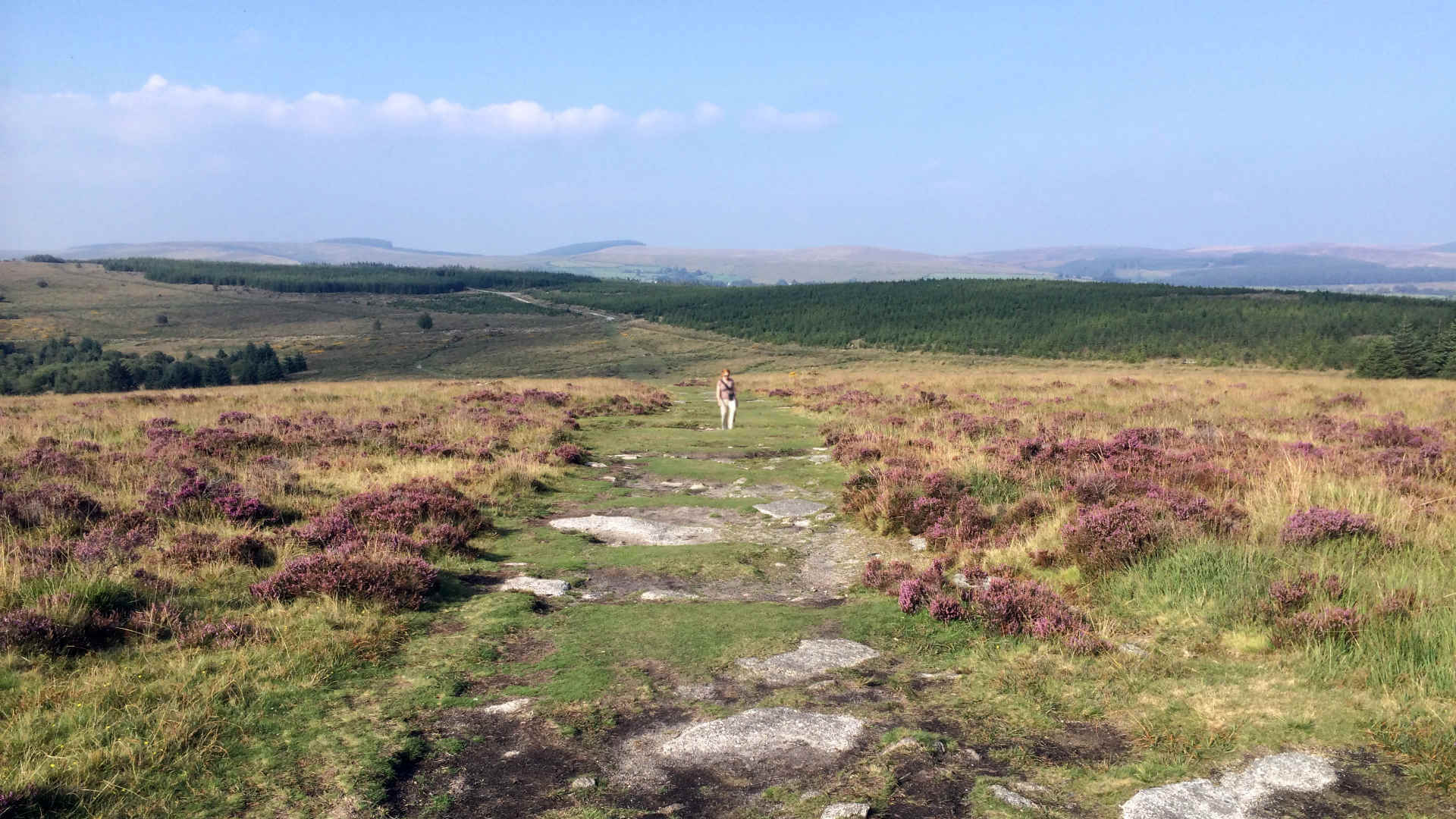
New business ventures
Late in the year, I started another side project based on a hobby. I was surprised to see it take off pretty quickly, generating a small amount of income.
By year’s end, I had some creative work published in a book I could purchase at my local Barnes & Noble. It was pretty wild to see it come to life like that.
I wasn’t sure how seriously I wanted to take it, but I began to think about future growth opportunities.
I invested just under $30K into the business idea by year’s end (which shows up as part of contributions in the data table summary).
Business income spikes net worth
Our net worth spiked again, though it was a little was less dependent on the market in 2014 (up about 11%). Jenni earned a small raise. My income increased from business proceeds.
I’d worked with an accounting firm to re-designate my consulting business as an S Corporation. In accounting terms, I became an employee of the corporation.
I also earned an income as a distribution from the business based on profits, though that does not show up as salary. These changes came with a bunch of tax advantages that I won’t bore you with, but suffice it to say that it was worth the accounting fees to make the changes.
As a point of reference, the business filed revenue a bit over $210K in 2014. Of course, that’s just revenue. There were significant expenses paying freelancers.
The net distribution that flows through on a K-1 income report appears in the data table summary under “business” for me, which was about $78K in 2014.
With two maxed 401ks plus significant matching contributions, HSA & Roth IRA contributions, our net worth grew significantly.
We closed the year at $341,335 and Jenni’s student loan had dwindled to under $60K. That’s enough money to feel comfortable with taking risks in our careers and business. It helped us reach a higher level of financial independence.
2015: Reaching FU Money
Things started to feel a little more routine, stable—and not in a bad way.
We took an international cruise through the Caribbean in the spring. It was the second opportunity we had to do some rock climbing together (yes, on the deck of the ship).
It became a sport that would stick with us through the years.
Jenni continued her work at the pharmacy and hammered away at her student loans. She was promoted to running the pharmacy that she worked within, becoming the pharmacist-in-charge (PIC).
I continued to run my web consultancy but slowed things down a little bit. It was starting to wear me out a little. We were earning plenty of money and in the fast lane to financial independence. I could take the foot off the gas a little. There’s a marginal utility to income which left both of us feeling like striving for more wasn’t worth the tradeoffs.
After all, the point of all the money is to give us freedom, right?
I started working to take a serious run at my “hobby” business idea, too. The fruit wouldn’t bear for years to come, though, if at all.
I spent the fall in Germany. I had the opportunity to spend a bit over two weeks chauffeuring my grandparents, but more importantly, enjoying quality time with them.
—An aside from Chris in 2020: To be frank, I’m lucky they’re still around at all. I’m no spring chicken anymore, and they’re up there in age. I just took a break from writing this post as I received a call from my grandmother. She just had an ER visit with concerns about her heart, though it was precautionary and she’s OK. Life is fleeting (tic-toc as life slips away). Back to the post—
New assets: collectibles
We started to dabble in physical collectibles—think of things like fine art—that we could enjoy which would also appreciate over time. I started tracking these values in our portfolio, and they appear in our “contributions” of the data table.
Overall, even today, they represent a very small portion of our net worth—less than 1%.
Over the years we’ve rotated these physical items out, successfully reselling them for small profits here and there. Buying quality things that will maintain a high future expected value over time has been a key component of how to become a millionaire for us.
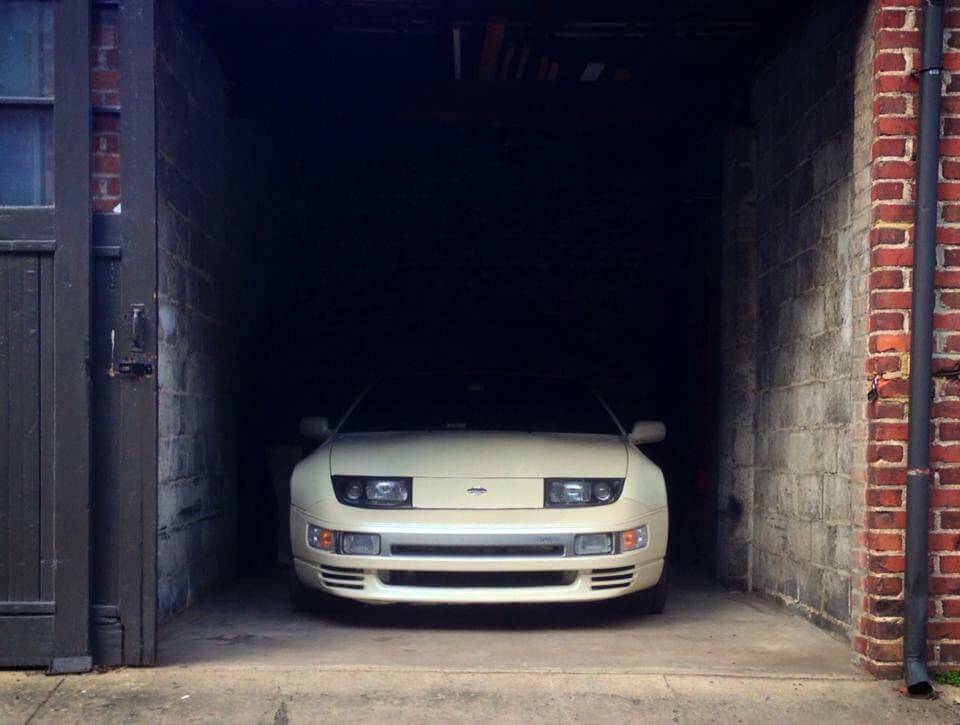
Nearly half a million and debtless
Our net worth still grew in 2015, but more slowly. The combination of a flat stock market and reduced income on my part meant that our investments grew less. On the other hand, housing values in our region grew significantly. But, it’s all relative—we put away an incredible sum of money towards our retirement for the year.
Jenni took her student loan down to less than $7K by year’s end. We ended the year with $474,956 to our names.
As an interesting touchpoint, the value of my LendingClub account (still with the original $10K invested in 2013) reached $12K by the end of the year.
2016: Comfort
This is the year I think we started to feel a little more in love with our choice to live where we are. We felt comfortable with the places and people around us, familiar with where to find all our entertainment. We began to know the streets inside out.
Jenni became more involved in a local women’s social and philanthropy club. We participated in loads of local events and got into a groove of life.
An aside on exercise
My primary exercise is running, I covered 5,168 miles in the 6 years after we moved into our place in 2013. By now, I felt like I had all the types of routes I could want:
- Multiple quick, flat 5k routes for speed work
- Draining, hilly, forested 10k on trails
- Half marathon through the heart of the city along historic canals and waterways
It’s funny what the sort of things are that make you feel “at home”.
Smooth sailing in our work and business
Jenni’s work as PIC became an increasingly heavy load, but she found success in expanding the roles the pharmacy could take on. Still, it’s sometimes been tough to maintain her work-life balance.
I kept the web consultancy operating at a more consistent, sustainable level similar to how had in 2015. My working hours were about a third that of a typical 9-5 worker.
Early retirement was already calling my name.
I started thinking about the second “hobby” business and how I could eventually earn a return on my initial investment.
A trip to Japan
By mid-year, we were both ready for a break. We spent a few weeks in Japan, taking advantage of the Japan Rail Pass. We loved riding the Shinkansen bullet train around the country and taking in an exceptionally different culture.

Our hearts fell in love with the small town north of Tokyo: Takayama.
The historic, highly walkable downtown felt very authentic. The countryside was stunningly beautiful, serene. Every person we met was welcoming and kind beyond belief.
We took a bike tour through the surrounding area and around the rice fields. Stunning.
A second business
After the recharge, it was back to the grindstone. I began to execute my plan to get the second business going which proved to be a success as I started to unwind my investments. My experience with e-commerce earlier in my career paid dividends. I turned my hobby into a business.
By year’s end, the two businesses reported $496K in revenue—most of that coming from the newer e-commerce business. Of course, there were significant expenses related to that but the numbers really blew my mind.
Through the magic of accounting, total taxable income reported was much lower. My 401k contributions were as high as they could be – somewhere around $35k. The business reimbursed me a variety of expenses through an Accountable Plan.
Halfway to FI
We maxed an HSA and put as much in Roth 401ks as we could, hitting phase-out limits. Jenni finished off her remaining student loan debt and maxed out her 401k. She opened up a brokerage account to be able to invest more money as she’d maxed out her tax-advantaged options. Our combined net worth sat at over $776K.
I closed out 2016 with some $120K in checking as my businesses were throwing off lots of distributions to me. I needed to put that money in a more productive place, as soon as possible.
When we initially started planning FI in 2013, our ballpark FI numbers was to support $25k in spending per year per person, so $50k. That would require $1.25m or $625k per person.
We’d reached the level required to support one of us!
Our actual spending was also less than we projected back in 2013, closer to $40-45k as a pair (and it remains within that range).
That helped revise our FI number down to about $1.1m.
2017: Nearly a Million
Remember all that cash at the end of 2016? I bought us a new year’s present: $100K worth of the index fund VTSAX through my brokerage.
Happy new year.
France, Spain, Netherlands, Denmark
We kicked off the year with a trip with a pair of our closest friends to France and Spain. We spent a few weeks near the Mediterranean in early spring and being wowed by the architecture of Barcelona.
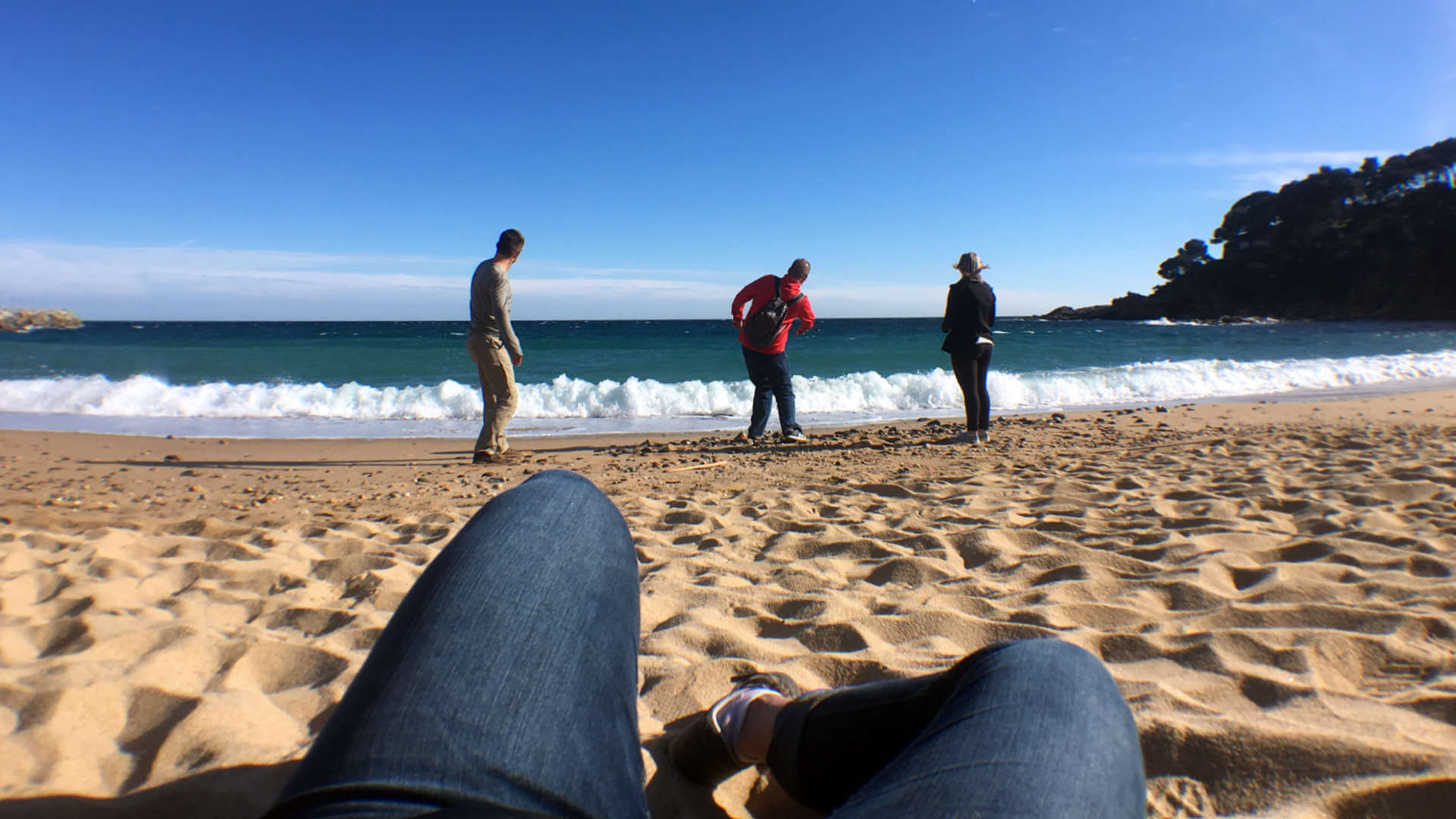
Apparently I needed a longer break and decided to spend a few weeks in Amsterdam and Copenhagen in mid Spring. We rented bikes, which is clearly the only way to tour these two cities.
I loved it.
It sent me back home with a newfound appreciation for the developing bike routes in our own city.
Growing e-commerce business
Our working situations kept humming along nicely: Jenni ran her pharmacy, I ran a pair of businesses. Although, again, the weight of work started to wear on me as the e-commerce business really began to flourish. I started setting limits to keep things sustainable.
It’s funny to look back and see my 20-30 hour work weeks as overwhelming, but my goal has never been to grow a big, stressful business.
By late fall, Jenni and I were looking forward to a warm escape. We landed on Grenada. We picked out a small resort right on the water and took a week or so to just relax and soak in the nature of the island.
I finished out the year stressed by the holiday shopping season, as expected. I was spreading myself a little too thin.
Closing in on a million
It’s hard to argue it wasn’t worth it though, we blew the roof off our finances with an end of year net worth of $981,115. Just shy of a million. The stock market had rallied nearly 20%, which added nearly $150K to our net worth.
2018: How to Become a Millionaire in 10 Years
We crashed through the million-dollar threshold in early 2018, perhaps before January even closed. Much of 2018 was similar to what recent years were: Jenni operated her pharmacy, I ran two businesses. We traveled internationally.
Health and wealth
However, we did have one new experience: health problems. Jenni had the first major surgery between the two of us. And while she’s healthy and more or less recovered, today, it was a little bit of an eye-opening experience.
We’re not invincible.
Being more cognizant of our health is also why we were so careful to ensure Jenni’s health insurance continued with COBRA as she started the switch to part-time work and early retirement this year.
LendingClub experiment ends
I also wound down most of my LendingClub investment now that most of the individual loans were complete (or discharged). I pulled my original $10K. In 2018 the account balance was $2,120, representing a gain of about 20% over 5 or so years. Not great, but not terrible either.
It was an interesting learning experience within the person-to-person loan world.
Final FI
We closed out 2018, and our story of becoming millionaires with a net worth of $1,203,438. That easily exceeded our FI number. At the lowest point, we went from a negative net worth of $106,565 at the end of 2009 to over $1.2 million nine years later.
That’s our story of how to become a millionaire in 10 years (or slightly less!).
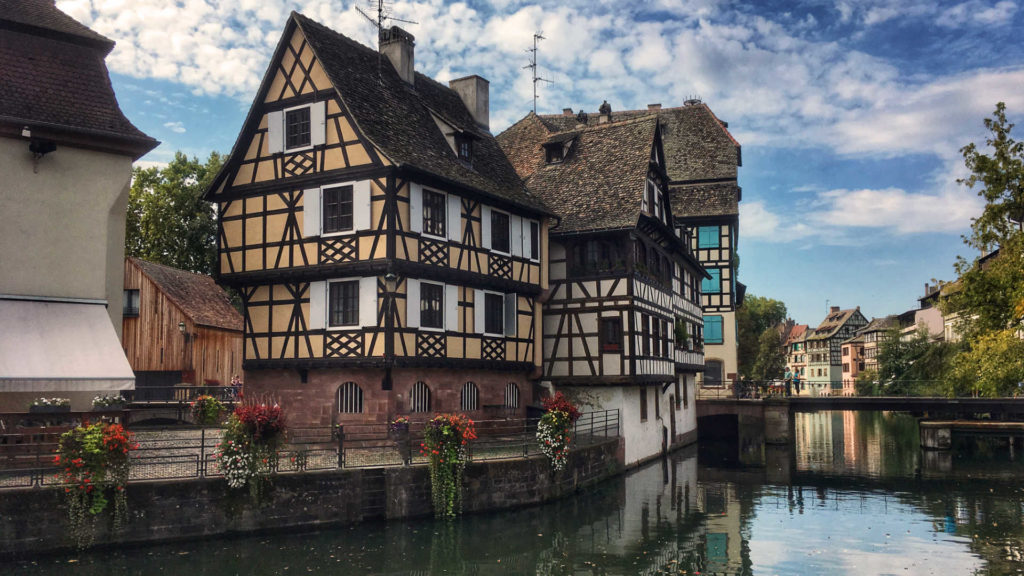
Reaching Financial Independence
We began writing TicTocLife in May of 2020 as we’ve started to approach a form of early retirement. While we reached financial independence at some point in early 2018, it’s taken us an additional couple years to get our ducks in row to take a serious run at a form of early retirement.
We’ve both found a sense of fulfillment and satisfaction from at least a portion of our work. We didn’t feel a great urgency to pull the trigger on early retirement as soon as we could. Again, we’re fortunate.
We both hope this chronology lends a bit more context to where we’re coming from with our writing. We hope it answers your questions about our earnings history and how we built our wealth. It should also reveal to you that while we’ve worked hard, we’ve done so on the shoulders of giants.
We didn’t get here alone.
What’s on the other side of the pursuit of FI for you?
What does your FI plan say for how long it’ll be before you reach it and consider retirement?
Let us know in the comments!
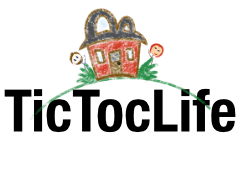

14 replies on “How to Become a Millionaire in 10 Years (Debt to $1.2M at 33)”
Wow – you guys have done a TON. Congrats on achieving FI and millionaire status.
What really stuck out for me in your story was how you still continued to travel throughout, kept your expenses low, and worked your butts off.
Well done:)
Thank you. Yes I like to say we work to travel. We have been fortunate to travel a lot, even more than mentioned above. I think we will do a post soon on our travels and how we have managed to do so much while keeping expenses low.
Now if this whole pandemic can go away, maybe we can travel again!
Really enjoyed this one. Looks like you guys have been to quite a lot! Since you guys like traveling so much, have you considered at any point some geo arbitrage action? Or are you planning on just continuing using your current location as a home base for shorter travels?
And that was just the tip of the iceberg for each of those years! We’ve been lucky to spend so much time exploring the world, for sure. Like Jenni said in another comment, I think we’ll eventually do a single year summary post to try to give people an idea of how we travel light and on a budget. That should offer a little more insight.
So far as geoarbitrage: yes, we’ve bounced the idea back and forth quite a bit. Our vague plans, on this topic, for this year and next was to start doing some serious consideration (through 2 week visits) of a few of our top international location prospects for longer term living. Of course, you know, a pandemic sort of blew that idea. We’ll get around to eventually, though.
Hypothetically, we’d like to consider a 6 month home, 6 month living internationally schedule down the road. We want to have a home base here (and are quite happy here!), but really enjoy the novelty of new foreign experiences and the change to day-to-day life.
Congratulations on joining the two comma club…and at such a young age! That’s incredible!
I love all of your travel photos. We were supposed to go to Paris and Germany this month, but the pesky virus put a hold on that. It would have been our first time overseas, but hopefully, next summer.
Thanks, Kristia!
Ah, that’s terrible timing! Sorry you all couldn’t make it out to the lands of pretzels and pastries! I have a lot of distant relatives in Germany, so I’ve spent a lot of time there with trips probably every other year or so on average since I was a kid. France was always an easy side trip, too.
They’re both fantastic first-time foreign travel destinations, though I’d give the edge to Germany (just a little more approachable, and if you don’t know German or French, a little more English is common). I love that they feel similar to home in a lot of ways–modern, western. But then you experience the better or at least very different parts: greater efficiency, more compact and approachable, loads of history, and a whole different food experience.
Be sure to try France’s hard cider, Germany’s apfelwein, and all the baked goods! That is, once the pandemic subsides and we’re all able to enjoy the world at large again!
This is quite the story! Clearly, you’ve worked hard to get to where you are—all the amazing success is well-deserved. Congrats on all your accomplishments (and incredible travels throughout the journey).
Thanks Chrissy! It’s been a journey and we are not done yet. We will continue to save and start to travel again once it’s safe. Thanks for reading our new posts too. This is a new journey for us as well.
Thanks for sharing your journey and providing the details and numbers at each stage of the way.
Congrats on all that you’ve achieved so far.
As someone who is only 13% of the way to reaching my FI number, this is truly inspiring to read and much appreciated.
Thank you, Mr. D!
Jenni and I both hoped it’d offer a little better context to everything. It’s hard to balance humility with a title like “hey we’re millionaires”, the intention is for it to be our roadmap though!
Glad it’s inspiring, and, we’re all on different paths. 13% is a lot, and, those first percent are certainly the hardest!
Thank you for sharing your life story.
Would you mind explaining how your contributions in the earlier years (2010-2013) is markedly lower than the rise in networth in addition to the decrease in liability? I can’t imagine your investments increasing 1000% percent, what am I missing?
Hey Quin, thanks for asking for clarity.
A couple points help make things a little more clear:
“Contributions include brokerage investments, 401k (and match), and appreciating assets like real estate or collectibles.”
So while the net worth reflects our total asset value at each year’s end, contributions don’t necessarily include all increases in assets. For example, money piling up in a checking account will show up as a net worth increase but not as a contribution.
In the earlier years, as we each got a better handle on basics like emergency funds, dedicated savings accounts (Mint goals like I mention in this post), and healthy checking accounts, a lot of our net worth was tied up in cash. Often, we’d end a year with way too much in cash and then flush that money out early in the next year to investments. That’s why there’s frequently years where contributions are close to our total income, or higher (like 2013). It’s holdovers from the previous year.
The data I was working from to build the table was our brokerage/401k/IRA statements when we made actual share purchases, real estate purchase date, collectible purchase dates, etc. So for example, we put $45-50K down on our house in 2013 which came out of checking. That downpayment amount was part of our net worth, but didn’t show up as part of contributions until 2013 when we made the purchase.
That should also help explain why in a year like 2012 when we made nearly $170K between the two of us, contributions were a hair under $10K. We didn’t spend $160K on expenses that year 🙂 We’ve always spent somewhere around $40-60K/year between the two of us. It’s just cash that got tied up and not put into appreciating assets (“contributions”) quite yet.
2013 was also the year I kicked business into overdrive which meant I was sitting on a lot of cash to try to facilitate having a cushion for business expenses/payroll/etc.
And whenever there’s a large decrease in liabilities, that’s Jenni’s student loans getting paid down. We have a 30 year mortgage at a low fixed rate that we’re happily paying as slowly as possible.
Thanks for the question! Let us know if you’d like anymore insight.
Your spending between 40-60k per year is that gross or net income? Also, now that you have achieved FI – how are you two paying for health insurances?
Hey Hope! Thanks for coming by. Our detailed annual spending review for 2020 should give you a clear idea for those questions.
https://www.tictoclife.com/fire-budget/
Looks like $41K or thereabouts last year. It’s pretty consistent. For 2021, we’re expecting some increase for precisely the thing you asked—health insurance. The monthly amounts are detailed in our budget updates.
Jenni was on COBRA for a while and switched to a marketplace plan some months ago as she’s part-time. It’s costly but we planned for it.
I’m still on the same UHC non-marketplace (grandfathered) plan which I’m happy with for around $280/month.
We’re spending more now on travel as you might guess with the pandemic letting up.
As far as gross or net, are you asking about the income (salary) figures in our income over time table? You mentioned expenses so I’m not sure what you mean so far as gross/net there.
Hope to see you around more! 🙂